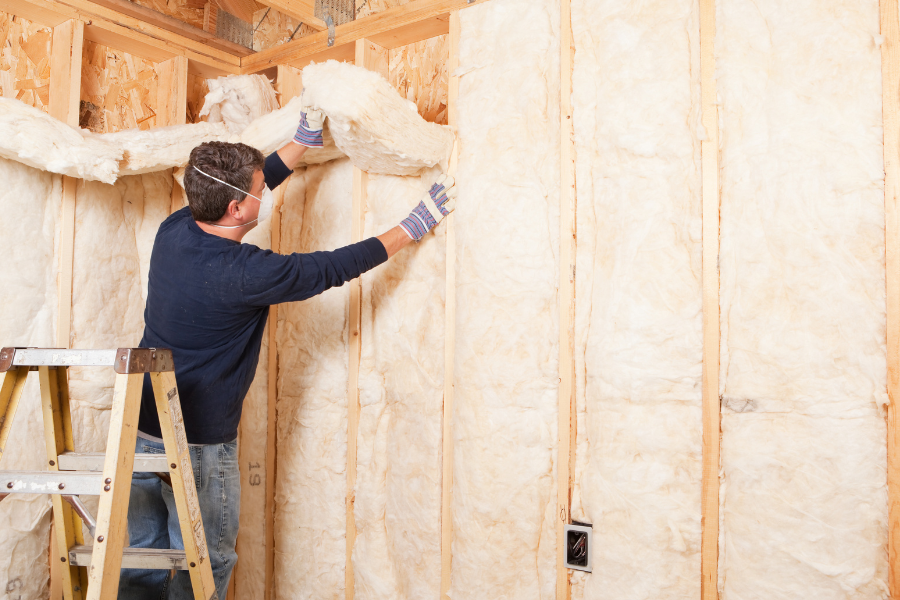Sep 23, 2021
Development of Advanced Smart Ventilation Controls for Residential Applications
The Indoor Environment and Residential Building Systems Groups at Berkeley Lab completed a study on the use of zoned ventilation systems in new California dwellings using a coupled CONTAM/EnergyPlus model, which found that smart ventilation systems could halve ventilation-related energy use through reducing dwelling ventilation rates based on zone occupancy, while maintaining indoor air quality equivalent to traditional code-compliant systems. However, zonal controls that saved energy by reducing outside airflow achieved typical reductions in ventilation-related energy of 10% to 30%, but increased personal concentrations for some contaminants in most cases.
By: Macie Melendez

Recently, the Indoor Environment and Residential Building Systems Groups at Berkeley Lab completed a study, titled “Development of Advanced Smart Ventilation Controls for Residential Applications” that examined the use of zoned ventilation systems using a coupled CONTAM/EnergyPlus model for new California dwellings.
CONTAM is a multizone indoor air quality and ventilation analysis computer program developed to help you determine airflows, contaminant concentrations, and personal exposure. EnergyPlus is a whole building energy simulation program that engineers, architects, and researchers use to model both energy consumption—for heating, cooling, ventilation, lighting and plug and process loads—and water use in buildings.
Available options for reducing the energy impact of ventilation in homes have included demand-controlled ventilation (DCV) systems that ventilate based on CO2 sensing, as well as heat and energy recovery ventilation systems. A meta-analysis of 38 studies of residential DCV concluded that, while energy savings can be significant (up to 60%), there is a lot of variability, including energy increases of up to 26%. In addition, building and material-related contaminants (i.e., volatile organic compounds (VOCs)) are ignored in current DCV approaches. A sole focus on CO2 has allowed these controls to appear robust on the surface, while ignoring important contaminant exposures in homes (e.g., formaldehyde, combustion pollutants).
In residences, there are a few DCV approaches that also include humidity control. Heat and energy recovery ventilation has substantial potential energy savings, but costs are high, and the maintenance requirements and challenging installation remain barriers to widespread adoption. Smart ventilation is a low-cost alternative. It uses simple and inexpensive ventilation fans combine with controls to vary the time and quantity of ventilation, while maintaining indoor air quality equivalent to traditional code-compliant systems. More specifically, a smart ventilation system adjusts ventilation rates in time or by location in a building to be responsive to one or more of the following: occupancy, outdoor thermal and air quality conditions, electricity grid needs, direct sensing of contaminants, operation of other air moving and air cleaning systems.
In the report, several smart control strategies were developed with a target of halving ventilation-related energy use, largely through reducing dwelling ventilation rates based on zone occupancy. The controls were evaluated based on the annual energy consumption relative to continuously operating non-zoned, code-compliant mechanical ventilation systems. The systems were also evaluated from an indoor air quality perspective using the equivalency approach, where the annual personal concentration of a contaminant for a control strategy is compared to the personal concentration that would have occurred using a continuously operating, non-zoned system.
Individual occupant personal concentrations were calculated for the following contaminants of concern: moisture, CO2, particles, and a generic contaminant. Zonal controls that saved energy by reducing outside airflow achieved typical reductions in ventilation-related energy of 10% to 30%, compared to the 7% savings from the unzoned control.
However, this was at the expense of increased personal concentrations for some contaminants in most cases. In addition, care is required in the design and evaluation of zonal controls, because control strategies may reduce exposure to some contaminants, while increasing exposure to others.You can learn more and read the full report here: https://www.mdpi.com/1996-1073/14/17/5257/htm





